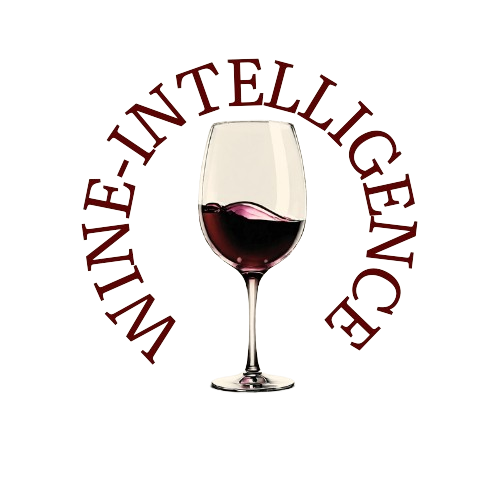The Italian wine industry, renowned worldwide for its rich heritage and diverse offerings, is navigating a challenging period marked by economic, social, and environmental hurdles.
According to a recent survey by WineNews, more wineries anticipate ending the year with losses than those projecting growth. Despite these concerns, the sector shows resilience, supported by a robust export framework and a commitment to innovation.
Economic Pressures and Global Challenges
The industry's struggles stem from several interrelated factors:
- Economic Difficulties: Inflation and rising costs have curbed consumer spending, particularly in key markets.
- International Crises: Geopolitical tensions, including wars and potential U.S. tariffs, threaten trade dynamics.
- Shifting Consumer Habits: Health-conscious trends and competition from alternative beverages, especially among younger demographics, have impacted wine consumption.
- Environmental Challenges: Climate change continues to pose risks to vineyard productivity and wine quality.
While these challenges persist, many industry leaders believe the current downturn could transition to recovery by the second half of 2025. This period of introspection is pushing producers to rethink market strategies, production volumes, and styles, as well as company management practices, aiming for greater efficiency and sustainable growth.
The Role of Consorzio Italia del Vino
Amid these challenges, the Consorzio Italia del Vino, comprising 25 influential wineries, celebrates 15 years of uniting industry leaders to address sector-wide issues. Together, the consortium represents over 15,000 hectares of vineyards, employs over 3,500 people, and generates a turnover exceeding 1.5 billion EUR, contributing 15% of Italy’s wine export value.
To future-proof the sector, the consortium has announced innovative projects, including the launch of the Italia del Vino Wine Business School in 2025. President Roberta Corrà highlighted the school's focus on bridging education and employment in the wine industry:
- Curriculum Focus: Viticulture, winemaking, marketing, wine communication, and territorial studies.
- Practical Training: Students will gain hands-on experience through traineeships.
- Talent Development: The top five graduates will be offered one-year fixed-term employment.
The consortium also plans to deepen market research and track emerging consumption trends, establishing itself as a key observatory for the industry.
Bright Spots in a Difficult Year
Despite challenges, some areas of the Italian wine market have shown resilience:
- Sparkling Wine Growth: Exports of sparkling wines increased by 2% in value and 4.4% in volume in 2024, particularly in France and Australia, where double-digit growth was recorded.
- U.S. Market Performance: While overall exports to the U.S. declined slightly, bottled still and sparkling wines saw increases of 4.2% in value and 2% in volume.
These trends underscore the importance of diversification and adaptability in securing Italy’s position in global markets.
A Vision for Recovery
The Italian wine sector’s challenges are undeniable, but its commitment to innovation and collaboration offers hope for a brighter future. As economic conditions stabilize and external crises resolve, the industry is poised to leverage its legacy and adapt to new market realities. Initiatives like the Italia del Vino Wine Business School exemplify the forward-thinking approach needed to sustain growth, nurture talent, and cement Italy’s reputation as a leader in global wine production.
Source: WineNews

